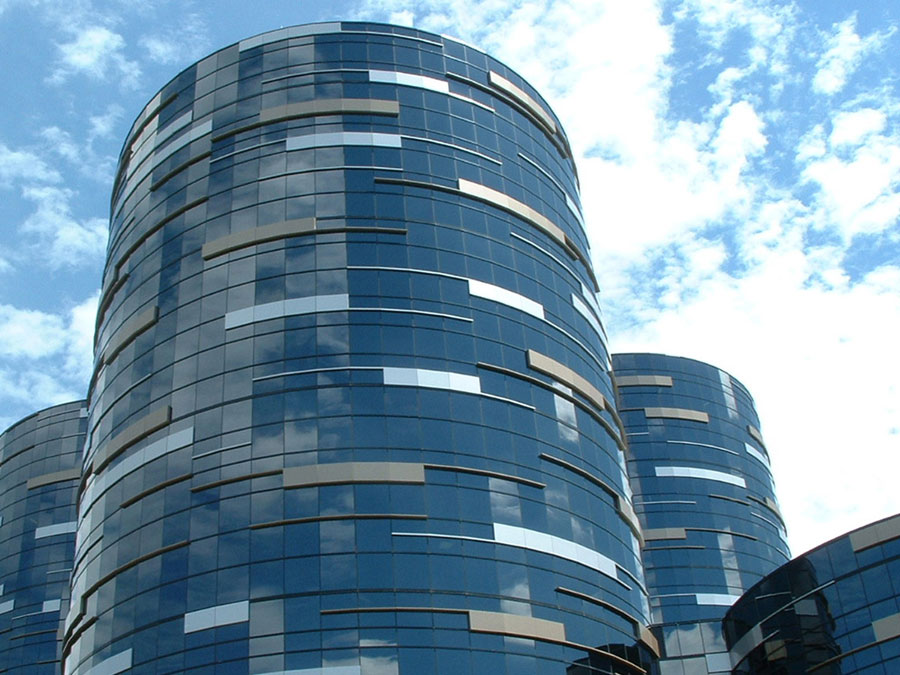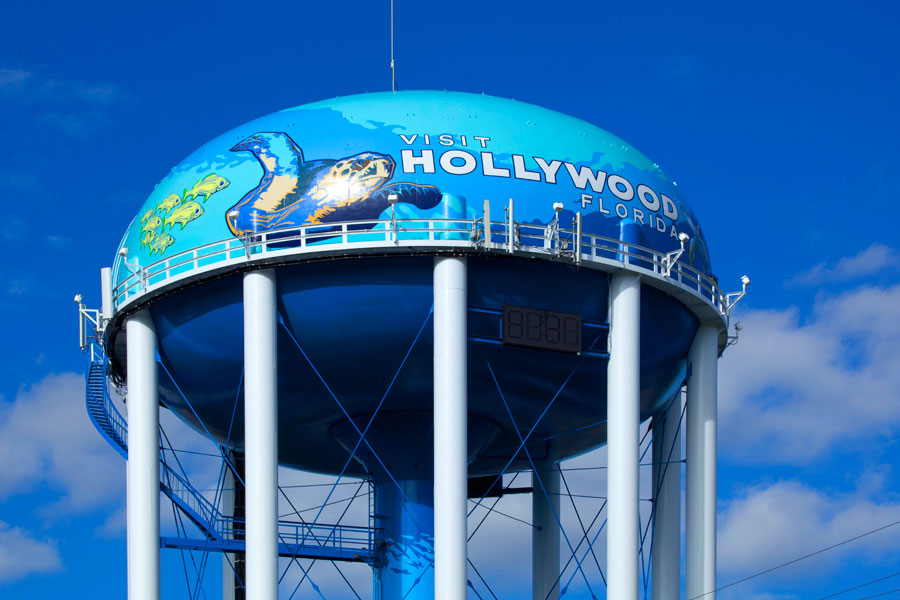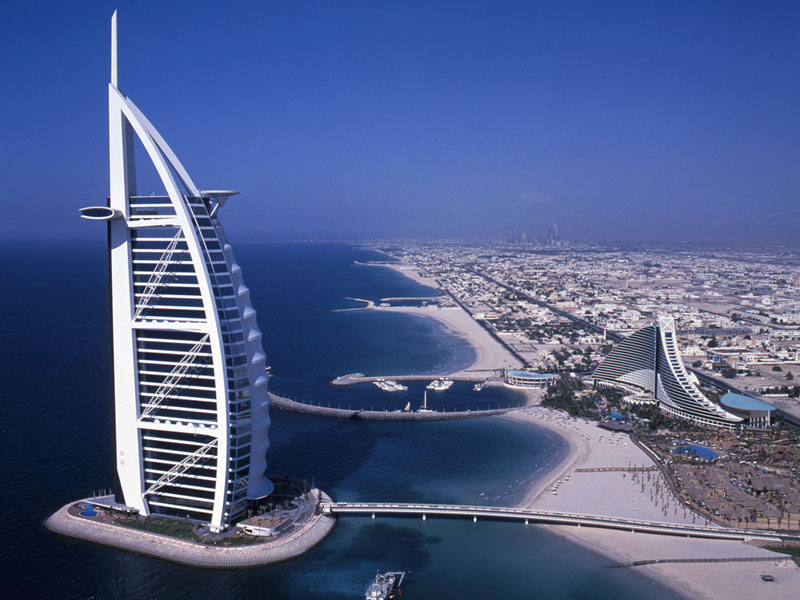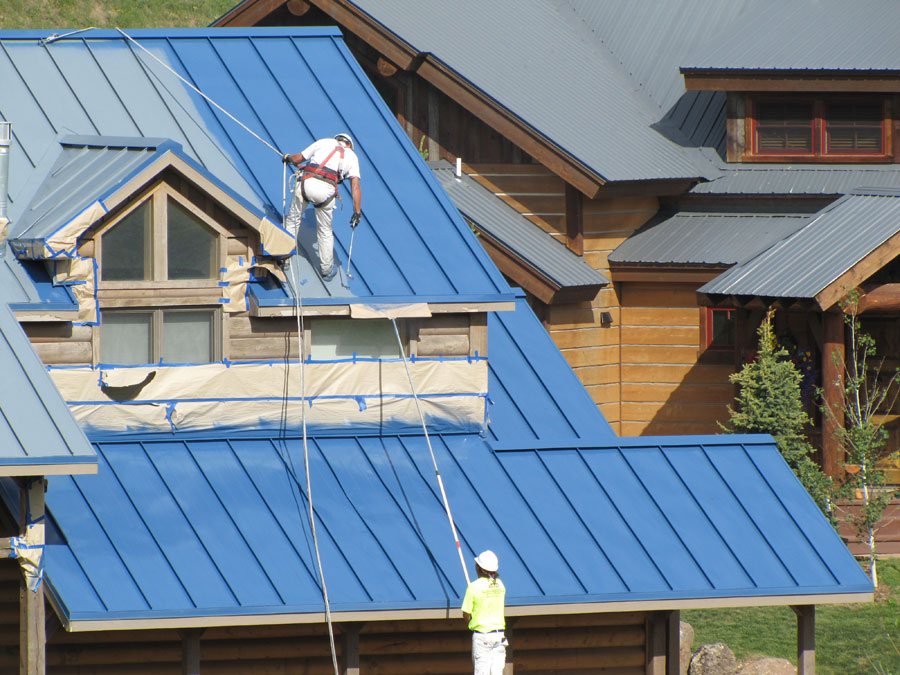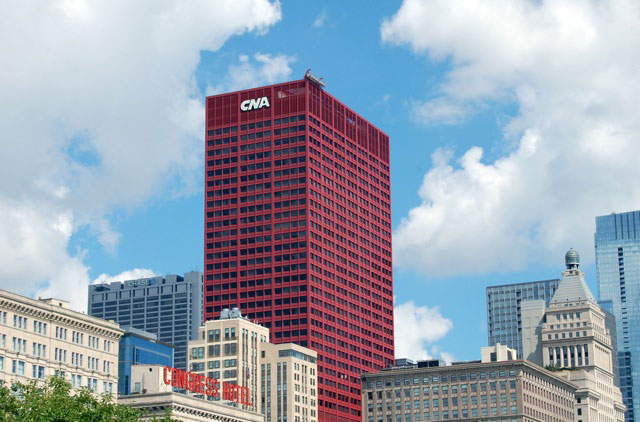LUMIFLON has been a leader in the architecture market of the coatings industry for over 25 years due to the resins’ ability to be used on a variety of architectural substrates including steel, aluminum, fiberglass, zinc, copper, construction plastics, recycled plastics, glass, and concrete, When applied to metal composite panels, FEVE resins are the primary choice for architects seeking a wide range of bright colors with higher gloss capabilities.
LUMIFLON Resins Dominate The Architectural Protective Coatings Market
Categories Architecture
